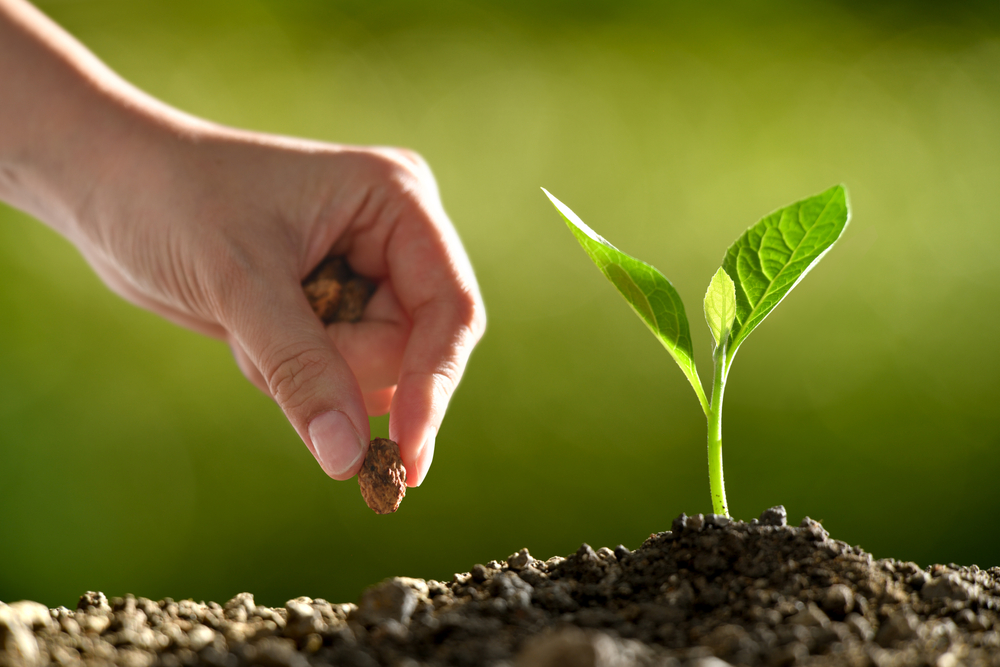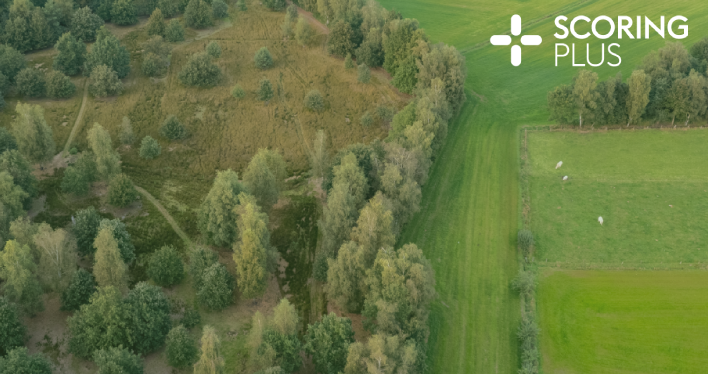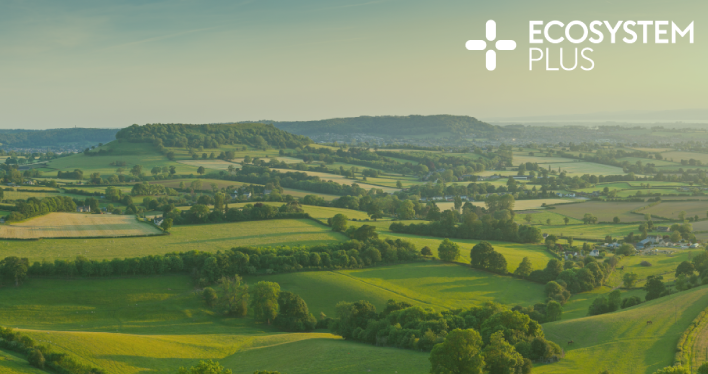Creating new woodlands to benefit the environment
Provided by Fera Science
UK Government intends to spend several hundred million of the Nature for Climate Fund on trees and woodlands planting between 2020 and 2025.
The right woodlands in the right places can deliver multiple benefits to society: they store carbon, enhance biodiversity, prevent floods, and improve water, soil, and air quality.
In addition, they help create jobs, improve health and well-being, and form a prominent part of the wider social and cultural benefits for their human neighbours.
Protecting trees by reducing biosecurity risks
Threats to our trees and plants from exotic pests and disease are increasing due to increased international trade of plant materials, and climate change that is altering their geographical range. Protecting our existing and new trees and woodlands from such biosecurity risks is a key component in ensuring we maintain and enhance the multiple values that our treescape delivers to us.
The UK continues to drive higher international biosecurity standards and, working with industry, considerable progress has already been made to drive up biosecurity standards in the plant nursery sector. For example, the Plant Health Management Standard (PHMS) that is applied through the Plant Healthy Certification Scheme is aimed at improving biosecurity standards across the different sectors and along their supply chains. The ambition is that where possible, both public and private purchases of plants should come from nurseries that apply the Plant Health Management Standard or something equivalent.
Recently, Defra and the Forestry Commission made it a requirement that plant purchases for two major Government grant schemes (the England Woodland Creation Offer and the Future Farming Tree Health Pilot) to purchase trees that meet the PHMS or equivalent. All tree and hedgerow planting grants from these 2 schemes from June 2022 will have a condition that tree and plant suppliers must either be a member of Plant Healthy or seek to gain a successful outcome through the new Ready To Plant (RTP) assessment pilot.
Fera Science Ltd (Fera) are proud to play their role in supporting this new approach to protecting our treescapes from pest and disease as the only organisation asked to manage the Ready To Plant (RTP) assessment element.
Fera Science Ltd (Fera) are proud to play their role in supporting this new approach to protecting our treescapes from pest and disease as the only organisation asked to manage the Ready To Plant (RTP) assessment element.
The right woodlands in the right places
The ambition is that all woodlands in England through proper design will improve the environment and enhance our lived experience.
Native woodlands play a particularly important role in supporting biodiversity, having evolved together over thousands of years. Therefore, through careful planning and management, allowing and helping natural processes to colonise land with trees can create woodlands with a structurally diverse range of habitats, while appearing natural in the landscape. Equally important are all the trees that are outside of woodland (including street/park trees and hedgerows) which often get overlooked but are important given their proximity to people and their role in providing connectivity across landscapes.
Landowners and managers need to know what their current treescape is delivering and also what it could deliver for them and their stakeholders. Opportunity maps account for the baseline treescape and allow for the prioritisation of enhancements and creation in order to deliver the right trees in the right places to capture the maximum natural capital benefits whilst being sensitive to environmental and social constraints.
Defra’s new Environmental Land Management incentive schemes (Local Nature Recovery and Landscape Recovery in particular) combined with the creation of Local Nature Strategies need to identify the optimum location for new woodlands accounting for local priorities.
Contact us for further information on the new Ready to Plant assessment.





